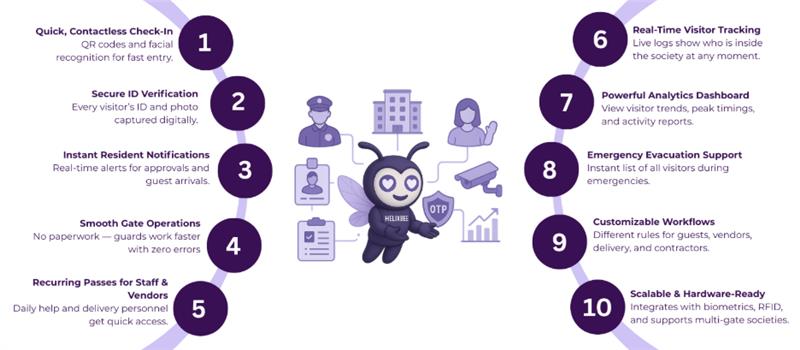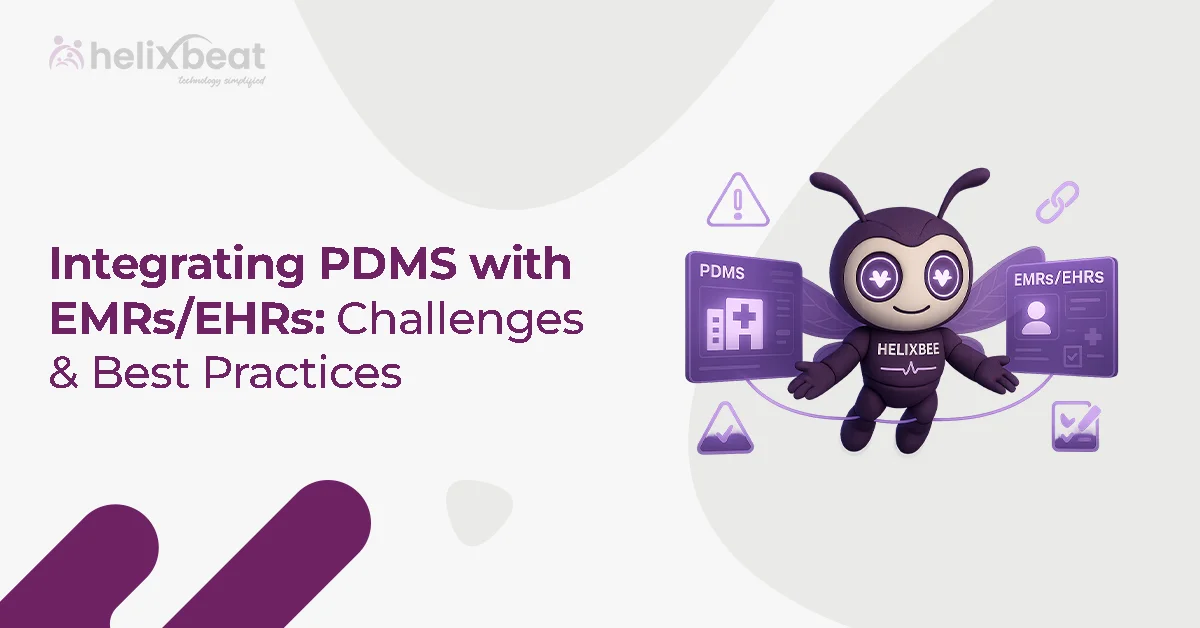In healthcare technology, one term that has garnered significant attention is FHIR interoperability. It plays a key role in how health information is shared, accessed, and used. To understand why FHIR interoperability represents the next step toward true health data liquidity, it’s important to know what it means, how it integrates with existing health data standards, and why it matters to both patients and healthcare providers.

Table of Contents
What Is FHIR Interoperability?
FHIR stands for Fast Healthcare Interoperability Resources. Developed by Health Level Seven International (HL7), it is a standard designed to facilitate the seamless exchange of healthcare information between systems. Unlike older methods, FHIR interoperability provides a more flexible, modular, and modern approach to sharing health data.
At its core, FHIR uses a set of “resources” — building blocks that represent clinical and administrative data such as patients, medications, diagnostics, and appointments. These resources can be combined or extended to suit specific needs, which makes FHIR adaptable across diverse healthcare settings.
Why Does FHIR Matter in Healthcare?
Healthcare has long struggled with patient data interoperability. Different hospitals, clinics, labs, and insurance providers often use various electronic health record (EHR) systems that don’t communicate well with each other. This lack of interoperability causes delays, data inaccuracies, redundant tests, and poor patient experiences.
FHIR interoperability tackles these issues by providing a universal framework for exchanging health data. By adopting HL7 FHIR standards, healthcare systems can connect more easily, leading to:
- Faster access to comprehensive patient records
- Improved care coordination among providers
- Empowered patients with better access to their own health information
- Enhanced data analytics capabilities for population health
In essence, FHIR drives toward health data liquidity — the smooth, frictionless flow of accurate data where and when it’s needed.
Understanding HL7 Standards in Healthcare
HL7 has been a cornerstone in healthcare IT for decades. Its suite of standards guides how electronic health information is structured, shared, and understood across systems. FHIR is the latest in a line of HL7 standards, designed specifically to meet modern demands.
Previous HL7 versions, like v2 and v3, were widely used but often faced criticism for their complexity and difficulty in implementation. FHIR combines the best of earlier standards with modern web technologies like RESTful APIs, JSON, and XML, making it developer-friendly and scalable.
By aligning with HL7 FHIR standards, healthcare organizations gain access to a proven, evolving framework that supports interoperability across devices, applications, and care settings.
How SMART on FHIR Expands Possibilities
One of the most exciting developments around FHIR interoperability is SMART on FHIR — Substitutable Medical Applications, Reusable Technologies. It’s an open standards-based platform that builds on FHIR to allow third-party applications to integrate securely with EHRs.
SMART on FHIR enables developers to create apps that plug into existing health systems without rebuilding everything from scratch. For example, a physician might use a SMART app to view clinical decision support alerts, or a patient might use an app to access personalized health insights.
Patient Data Interoperability in Action
Imagine a patient who visits multiple specialists, a primary care provider, and a lab for tests. Traditionally, these entities might store patient data in isolated silos, which require manual transfers, phone calls, or even paper records. This fragmentation can lead to incomplete information, medication errors, or repeated tests.
With FHIR interoperability, each provider’s system can share updated patient records automatically and securely. A cardiologist can review recent lab results and primary care notes in real time, tailoring treatment plans without delay. Similarly, patients gain easier access to their comprehensive health history via patient portals or mobile apps built on SMART on FHIR.
Such seamless data exchange boosts clinical outcomes and patient satisfaction. It also supports public health efforts by making anonymized, aggregated data more accessible for tracking disease patterns or evaluating treatment efficacy.
How FUSION Facilitates Seamless Healthcare Interoperability
To fully unlock the potential of FHIR interoperability, healthcare organizations need a robust, scalable, and secure FHIR server — and that’s where FUSION comes in. Designed with cutting-edge technology and built to comply with the latest HL7 FHIR standards, FUSION acts as the backbone for seamless health data exchange across diverse systems.
With FUSION, healthcare providers can support fast data access, standardized APIs, and real-time updates. Whether you’re integrating with EHRs, powering SMART on FHIR applications, or managing complex clinical workflows, FUSION provides the flexibility and performance you need.
Key features of FUSION include
- Full compliance with HL7 FHIR standards for consistent data structuring
- High scalability to support growing volumes of health information
- Robust security protocols to protect sensitive patient data
- Easy integration with existing healthcare IT infrastructure
- Support for RESTful APIs, enabling smooth app development and interoperability
By choosing FUSION as your FHIR server, you take a vital step toward true health data liquidity — empowering better clinical decisions, enhancing patient experiences, and accelerating healthcare innovation.
Final Thoughts
FHIR interoperability is more than a technical standard; it represents a transformative approach to healthcare data exchange. By facilitating true patient data interoperability, it moves the healthcare industry closer to achieving health data liquidity — where information flows freely, accurately, and securely.
The adoption of HL7 FHIR standards, combined with innovative platforms like SMART on FHIR, sets the stage for a future where healthcare providers, patients, and researchers can collaborate seamlessly, backed by rich, real-time data.
For healthcare organizations, investing in FHIR interoperability means unlocking new opportunities for improved care, operational efficiency, and patient engagement. Experience the future of healthcare interoperability today with FUSION.
FAQs
1. What is FHIR interoperability and why is it important in healthcare?
FHIR interoperability refers to the ability of healthcare systems to exchange and use health data seamlessly using the FHIR standard, improving care coordination and patient outcomes.
2. How does FHIR interoperability differ from traditional healthcare data exchange methods?
Unlike older methods, FHIR interoperability uses modern web standards like REST APIs, making data exchange faster, more flexible, and easier to implement across diverse healthcare systems.
3. Can FHIR interoperability improve patient data access and engagement?
Yes, FHIR interoperability allows patients to securely access and manage their health records through apps and portals, enhancing transparency and involvement in their care.
4. How can healthcare providers benefit from adopting FHIR interoperability?
Providers gain real-time access to comprehensive patient data, streamline workflows, reduce redundant testing, and improve clinical decision-making through FHIR interoperability.
5. What types of healthcare data can be shared using FHIR interoperability?
FHIR interoperability supports the sharing of diverse data types, including patient demographics, lab results, medications, allergies, imaging reports, clinical notes, etc.
6. How does FHIR interoperability support healthcare innovation?
By enabling standardized data exchange and app integration, FHIR interoperability fosters the development of new tools and technologies that improve patient care and system efficiency.














